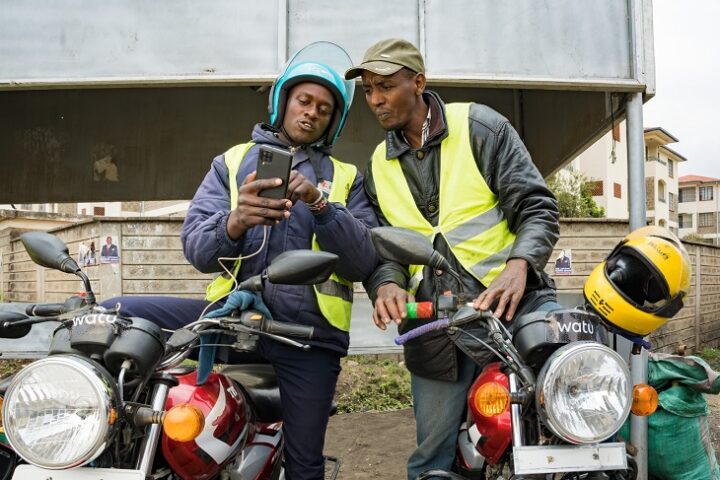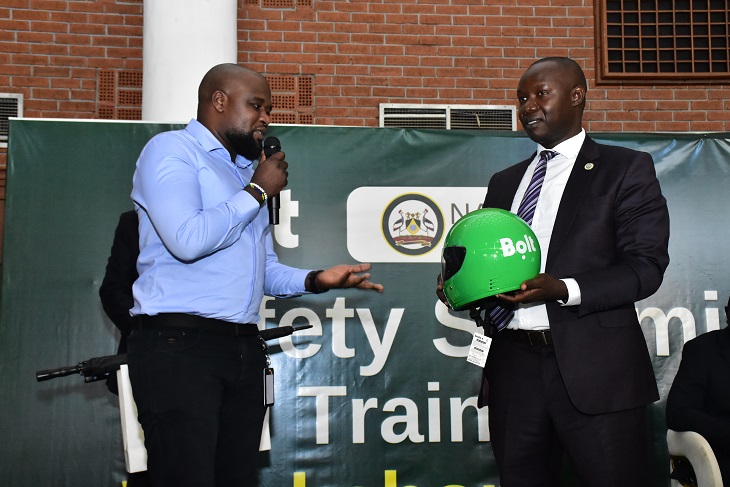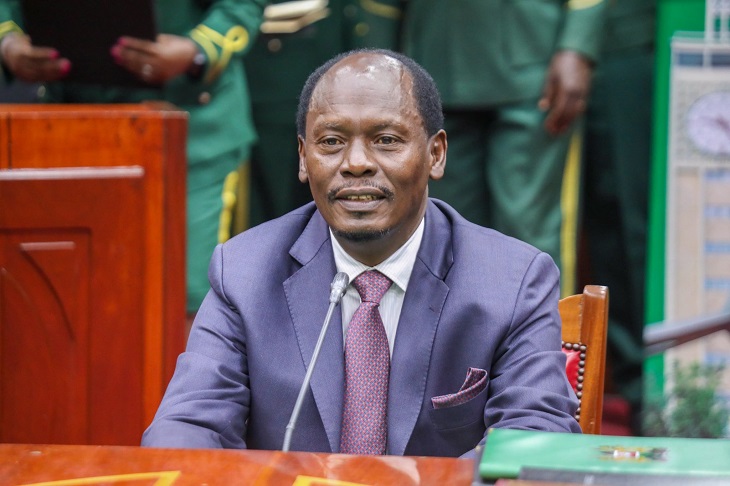The Electricity Sector Association of Kenya (ESAK) has pronounced key measures in enabling Kenya to achieve 100 percent renewable energy (RE) by 2030. This is even as it reaffirms its commitment to the global climate agenda.
The timely announcement comes ahead of the 27th session of the Conference of the Parties (COP 27) to the United Nations Framework Convention on Climate Change UNFCCC set to take place in Sharm El-Sheikh, Egypt.
Giving his remarks, ESAK chairperson George Aluru said, “In line with the current administration’s agenda on introducing reliability and affordability of power, we as ESAK commit to encouraging the sustainable development of the Kenyan electricity sector through collaboration, advocacy, and data-driven solutions, as a result maintaining investor confidence through a predictable and stable business environment.
Besides building a value chain for renewable energy and maintaining investor confidence, the association announced enabling policies and regulations, grid enhancements, sustainable financing, and building inclusive pathways as critical in enabling the blueprint towards achieving 100 percent renewable energy.
On regulations, ESAK seeks to encourage the development of supportive market-reflective frameworks for the transition to RE. This includes competitive procurement of generation capacity aided by well-developed integrated national energy planning mechanisms.
Recent Energy statistics report by the Energy and Petroleum Regulatory Authority shows that Kenya has promising potential for power generation from renewable energy sources. Following a least-cost approach, the government has prioritized the development of geothermal and wind energy plants as well as solar-fed mini-grids for rural electrification.
To enable this realization, ESAK has outlined Grid Enhancement as part of its measure to drive the renewable energy agenda. To successfully implement this, the association proposes the building of national transmission lines, and regional interconnections, and enhancing grid stability to enable full utilization of RE resource potential.
On financing, “we need to adopt sustainable and innovative financing mechanisms to attract a wider pool of private funding”. Said Aluru. According to the African Development Bank, Africa’s energy financing gap as of May 2022 is $24.5 billion (KES 2.96 trillion) annually. This is to be added to the current $15.5 billion climate finance inflows to Africa (2010–19) allocated to energy education, training and research, energy conservation and demand-side efficiency, energy policy, and administrative management or development of hydropower plants. This places the total gap at between $32–$40 billion a year needed along the value chain—generation, interconnection, transmission and distribution, mini-grids, and off-grid access—to achieve universal access to electricity by 2030.
In addition, the association has called on its members and partners to commit to fair and inclusive pathways that aim to create local employment opportunities and address poverty, inequality, and gender gaps while adopting transitioning measures to renewable energy.













